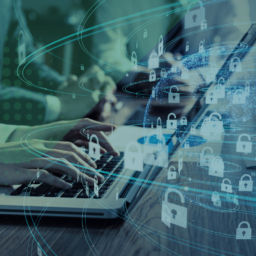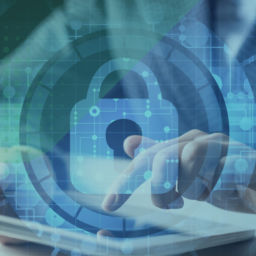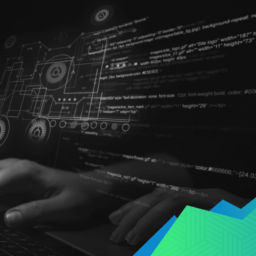IFAT AFTER COVID-19: THE VALUE OF GOING VIRTUAL
When listing the most dangerous industrial technology malware, a recent article by Stormshield ended on an ominous note. After shortly discussing the impacts of Shamoon, Industroyer, Triton and Stuxnet on world industry and economy, the last – and most threatening – malware on their 5-point list was left unnamed and unidentified. The article concluded with warning words: “The fifth most dangerous industrial cyberattack could already be happening right now, without anyone’s knowledge.”
And it seems as if this prediction came true. While we were working on our last article, in which we discussed the 2017 Triton attack on a critical infrastructure site located in the Middle East, and warned that the threat of malicious software continues growing, a story of a new industrial cyber security attack suddenly broke.
This time it wasn’t based in the eastern regions, but in the United States of America – targeting, again, the primary sector of its economy.

IFAT AFTER COVID-19: MOVING ONTO VIRTUAL
The traditional, long-established approach to any IFAT was for the process to be performed in person and on-site.
However, COVID-19 fundamentally affected this area of industrial oversight and security, heightening the need for a digital transition. With the pandemic came the impositions of travel restrictions and social distancing, forcing the industry to adapt – and quickly.
Postponing testing was out of the question, as project timelines could not be compromised, and what followed was a paradigm shift – the ascension into virtual.
So, what is the main difference between the regular IFAT procedure and virtual testing?
The traditional process involves multiple in-person meetings of all three parties: the customer, the vendor, and the neutral third party – the analyst. These meetings cover test plan reviews and development, even participation in testing activities by customer and vendor personnel.
With the transition into virtual, all of these necessary exchanges can be done from remote locations, practically eliminating things like travel hours, expenses, and managing complicated schedule plans.
Furthermore – this means you can truly choose to work with the best of the best, assembling global analyst teams with no need to worry about their current locations or the time it takes for them to be on-site.
Additionally, with a carefully prepared and planned testing procedure and a detailed communication strategy as well as utilization of audio/video conferencing, the IFAT process itself can also be significantly expedited. Having experts conduct ICS analysis from labs and IT rooms, and deliver the test results through secure networks, eases and speeds up communication between all team members.
VIRTUAL TESTING IS HERE TO STAY
Faced with the sudden change in testing operations, industries across the world have not faltered, but instead very quickly recognized and took advantage of all the values of digitally-enabled oversight and communication.
Same as with the implementation of other newer digital solutions, such as IIoT, a crucial point has to be made – all of these innovations were not created during the pandemic, but in the years leading up to it.
The 2020 global crisis has simply enforced the adoption of new technology in a much faster manner than it would have taken normally, in the otherwise slow-moving, change-resistant industries.
At this point, looking at the dynamically shifting state of industrial operations, to stay hesitant is to lag behind.
















